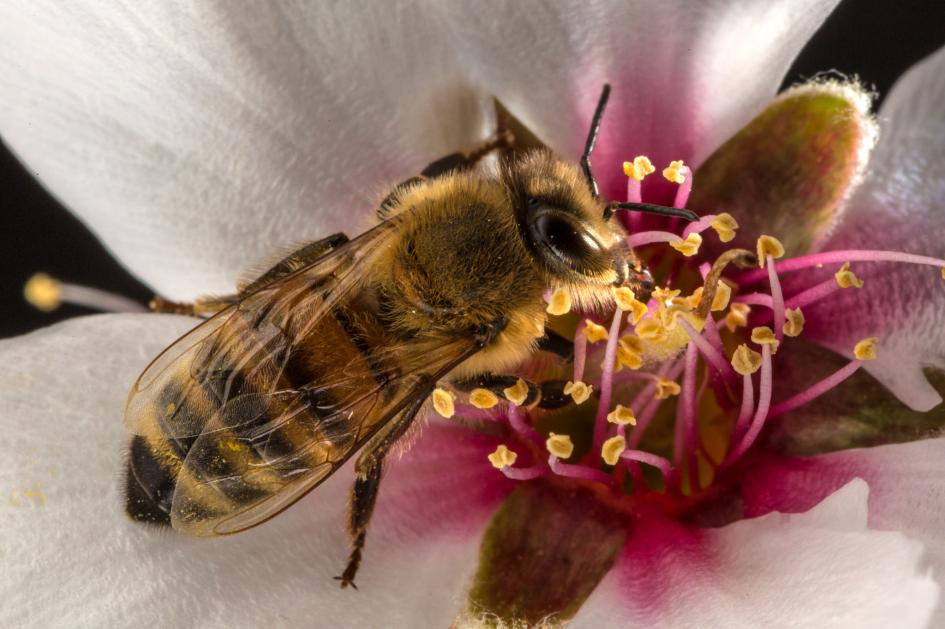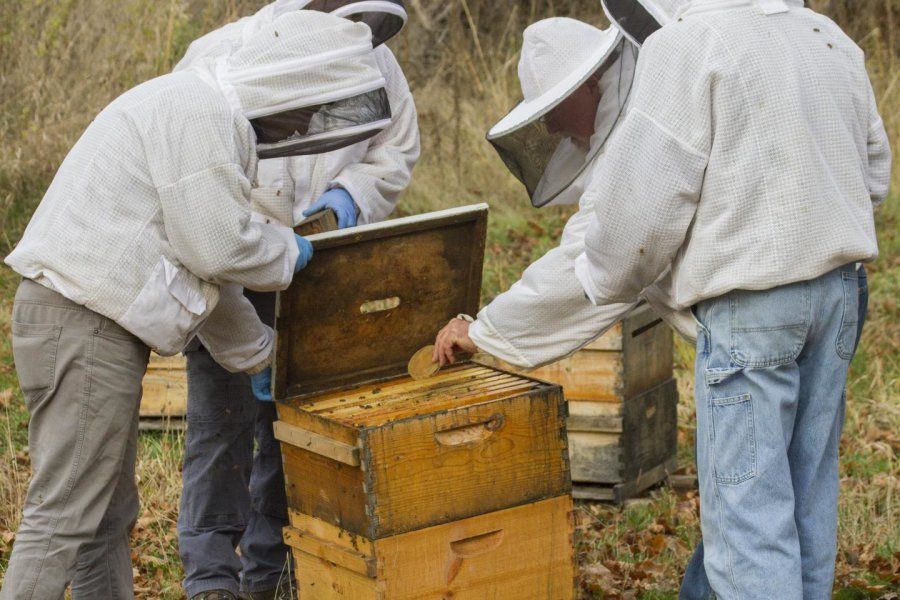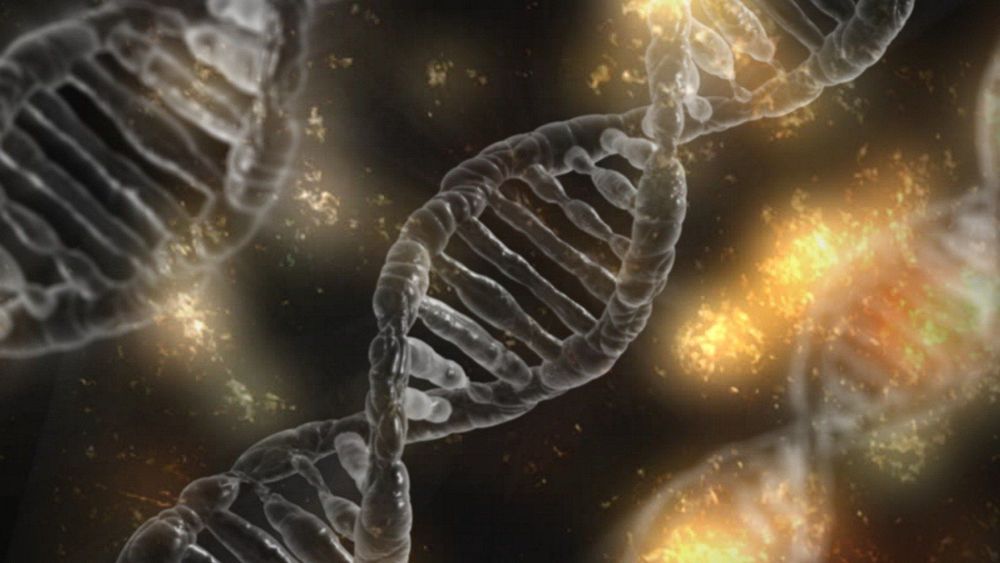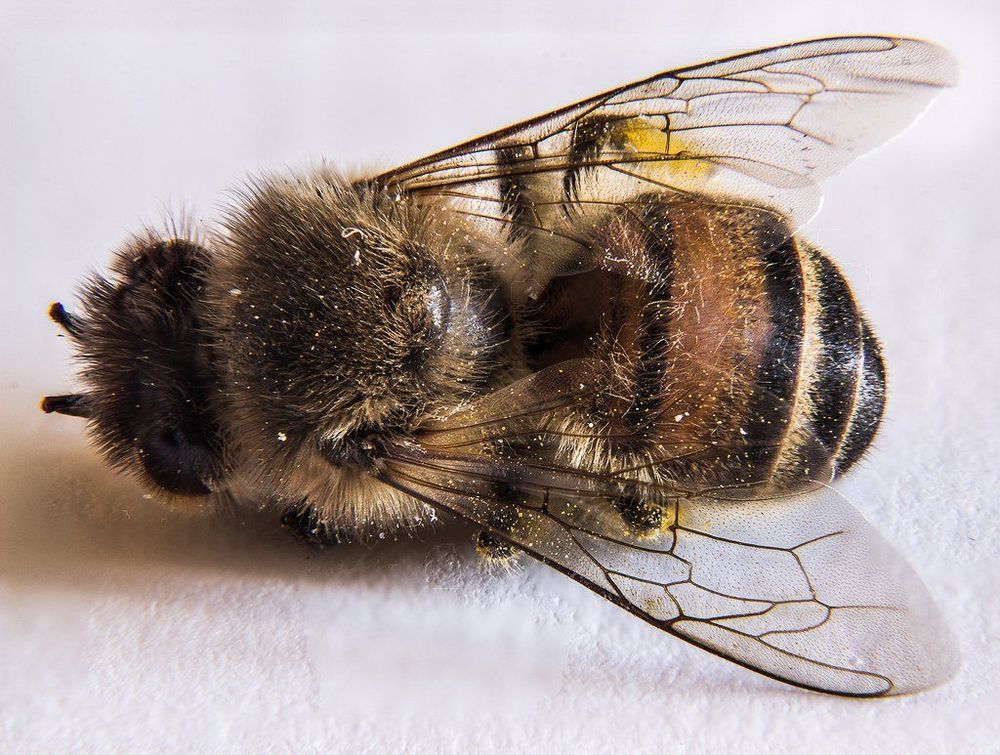There are 1.4 billion insects for each one of us. Though you often need a microscope to see them, insects are “the lever pullers of the world,” says David MacNeal, author of Bugged. They do everything from feeding us to cleaning up waste to generating $57 billion for the U.S. economy alone.
Today, many species are faced with extinction. When National Geographic caught up with MacNeal in Los Angeles, he explained why this would be catastrophic for life on Earth and why a genetically engineered bee could save hives—and our food supply—worldwide.









